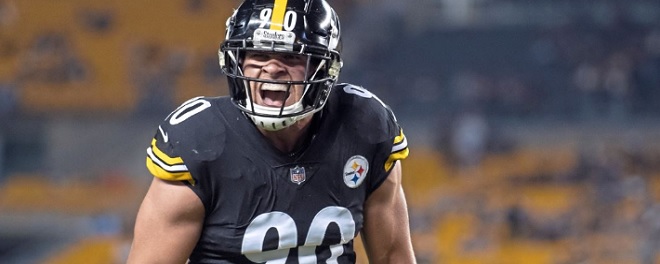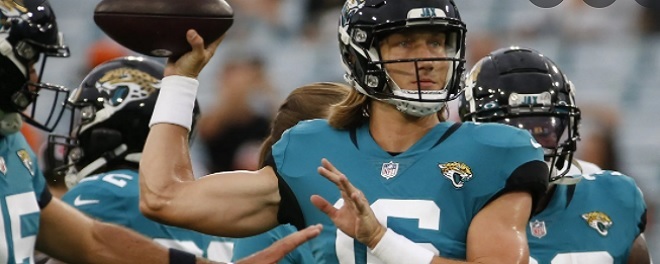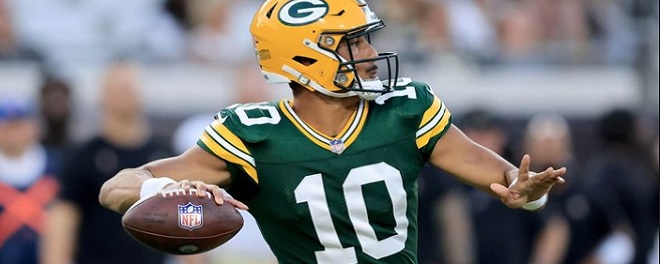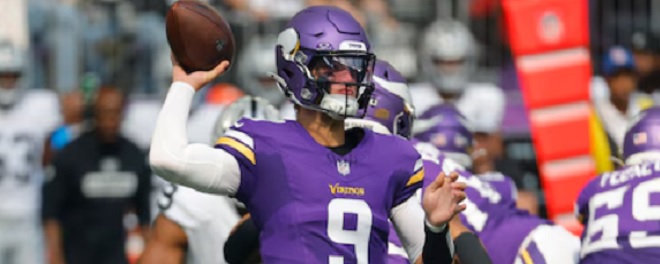By Charlie Campbell, @draftcampbell
Two years ago, we started a series of articles on why certain prospects went undrafted. In that series, I reach out to sources with NFL teams to find out why their organizations passed on drafting a given player, and/or, what were the reasons for other teams to pass on that prospect. We got a lot of positive reader feedback about the series, so we decided to expand in the genre to investigate why some prospects slid in the draft. Last year, we started the Why Slide? series, and this year, it is back. Feel free to email me requests for “Why the Slide?” and “Why Undrafted?” at [email protected]. I can’t promise to get to all of them, but I will do my best and definitely respond.
When you watched Florida last season, Jonathan Bullard leapt off the screen. The Gators’ senior defensive lineman had a tremendous season and was making impressive plays in the backfield all year. He was one of the best defensive linemen in college football, hands down. Bullard was a tough run defender who got pressure on the quarterback and commanded extra blocking attention. Thus, it was surprising when Bullard fell to the third round of the 2016 NFL Draft.
Sources say the main reason that Bullard fell in the draft was because teams looked at him as a tweener. That was even an issue for the Gators’ coaching staff over the past few seasons, as Bullard doesn’t have the body type for defensive end or defensive tackle at 6-foot-2, 283 pounds. Sources at other 3-4 teams didn’t see a good scheme fit for Bullard in their defense. Many teams felt that he lacked the weight to consistently play tackle and the length to play end. Every team source said that Bullard had excellent tape and some “Wow!” plays, but the body type and scheme-fit questions caused him to get second-round grades from the teams I spoke with.
Early in the third round, the Chicago Bears took Bullard and ended his fall. The Bears need more talent for their front seven, and Bullard could form a nice duo with 2015 second-rounder Eddie Goldman. With first-rounder Leonard Floyd coming off the edge, Bullard could be a dangerous interior rusher to be next to Floyd in the sub-package. On running downs, Bullard isn’t a great fit as a 3-4 defensive end, so he may not be used as much there. Most 3-4 defensive ends are around 6-foot-5 and weigh about 300 pounds. In the right situations, I think Bullard could thrive in Chicago as part of a defensive line rotation. I think the Bears have a good coaching staff that will put Bullard in situations to succeed, and he’ll turn into a solid contributor for Chicago.
NFL Picks - Dec. 15
NFL Power Rankings - Dec. 10
2026 NFL Mock Draft - Dec. 10
Fantasy Football Rankings - Sept. 1




